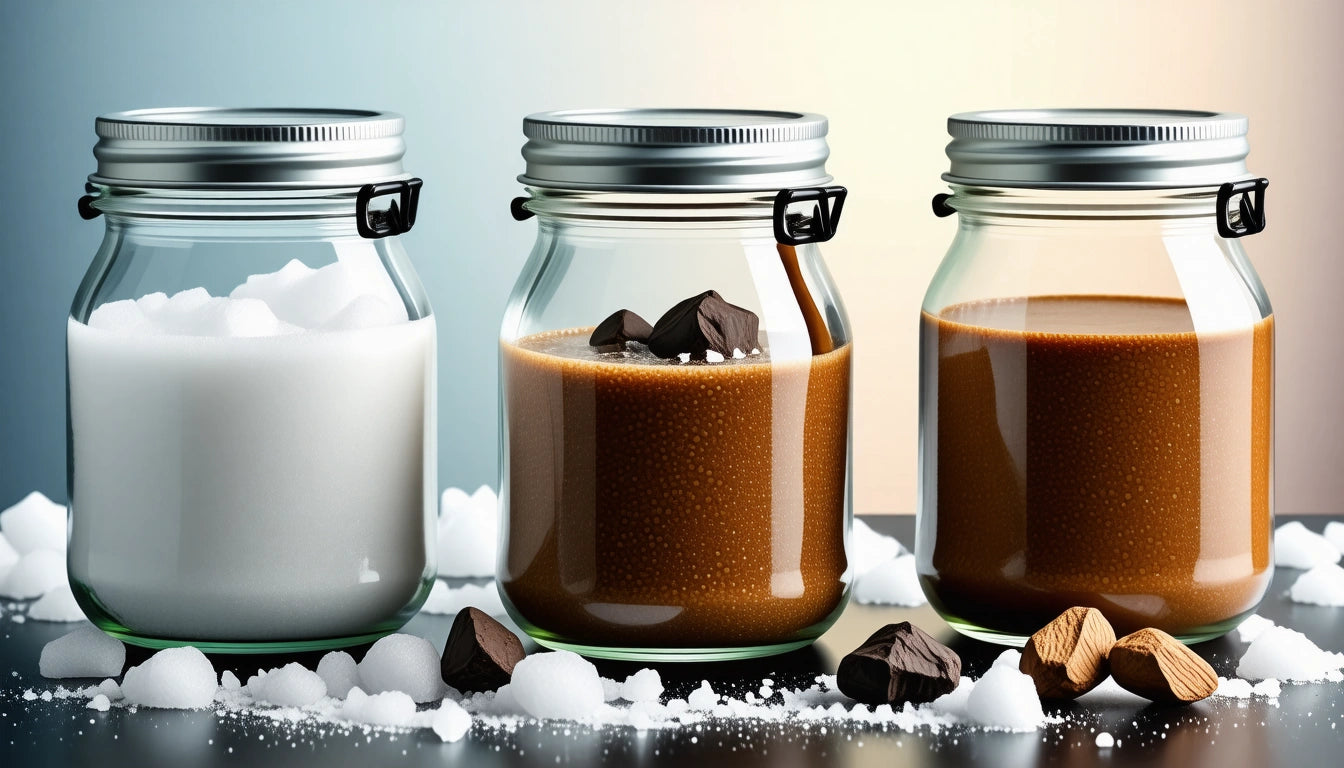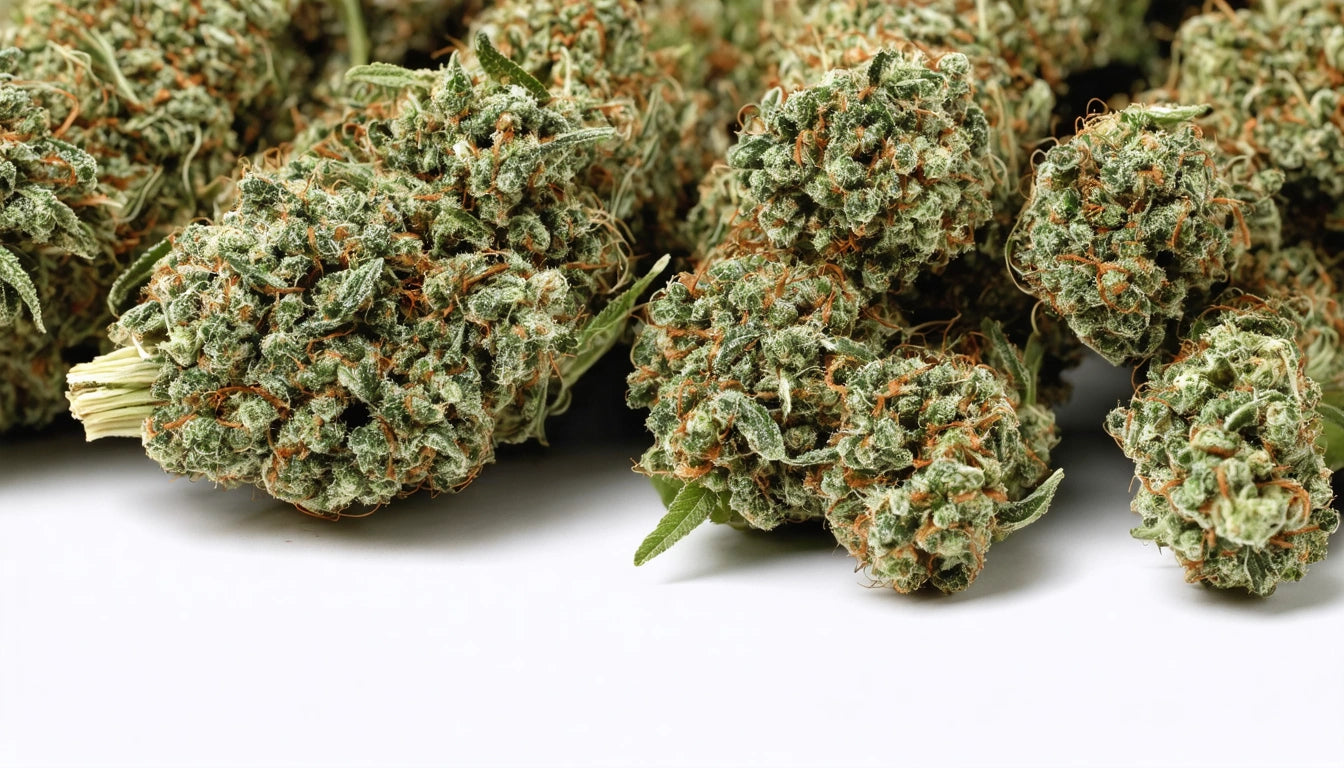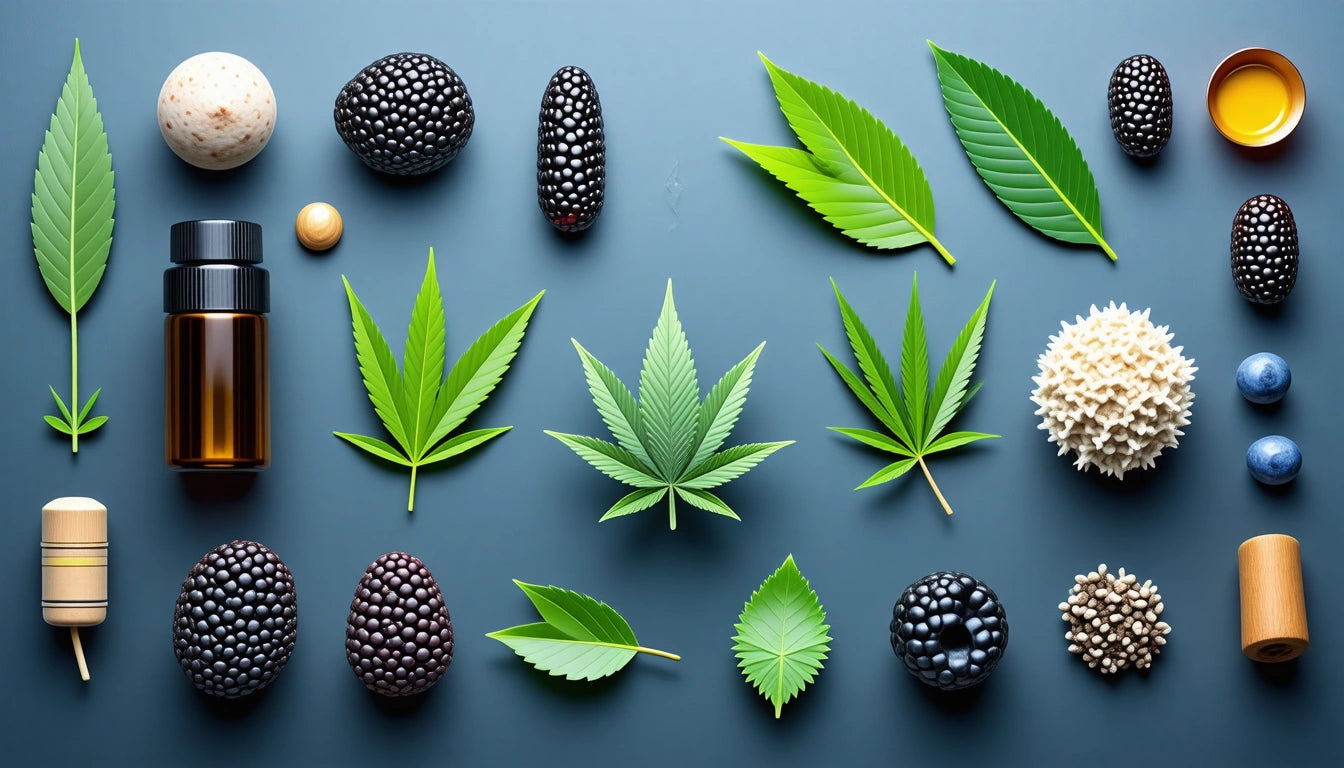Table of Contents
- Understanding Solventless Concentrates
- Dry Ice Hash: Rapid Freezing Method
- Bubble Hash: Water Extraction Technique
- Dry Sift: Mechanical Separation Process
- Quality Comparison: Melt Grades Explained
- Production Efficiency and Yield Considerations
- Consumption Methods and Packaging Needs
- Choosing the Right Extraction Method for Your Needs
Comparing Dry Ice Hash, Bubble Hash, and Dry Sift: Understanding the Differences
Solventless cannabis concentrates have gained tremendous popularity among both consumers and producers seeking purer products without chemical residues. Among these, dry ice hash, bubble hash, and dry sift represent three distinct approaches to mechanical extraction. Each method offers unique advantages in terms of efficiency, quality, and final product characteristics, making the dry ice hash vs bubble hash vs dry sift comparison essential knowledge for concentrate enthusiasts.
Understanding Solventless Concentrates
Solventless concentrates are cannabis extracts created without using chemical solvents like butane, propane, or ethanol. Instead, they rely on mechanical separation techniques that use temperature, pressure, or agitation to remove trichomes from plant material. These methods preserve the natural terpene profiles and cannabinoid ratios while eliminating concerns about residual solvents.
The three primary solventless extraction methods each have distinct characteristics:
- Dry ice hash: Uses extreme cold to freeze and separate trichomes
- Bubble hash: Employs ice water agitation to isolate trichomes
- Dry sift: Utilizes mechanical screening to separate trichomes from plant material
Dry Ice Hash: Rapid Freezing Method
Dry ice hash production involves using frozen carbon dioxide (COâ‚‚) to make trichomes brittle enough to break away from plant material. When comparing dry ice hash vs bubble hash, the most notable difference is the absence of water in the extraction process.
Production Process
The dry ice method requires placing cannabis material in a mesh bag with dry ice, then shaking it over a collection surface. As detailed in this comprehensive hash-making guide, the extreme cold (-78 °C/-109 °F) freezes the trichome stalks, making them brittle and easy to separate when agitated.
Advantages and Limitations
Dry ice hash offers several benefits:
- Faster production time compared to bubble hash
- No drying period required
- Higher yield potential
However, it also has limitations:
- Less selective extraction, often including more plant material
- Typically lower purity than well-made bubble hash
- Requires careful handling of dry ice
Bubble Hash: Water Extraction Technique
Bubble hash, also known as ice water hash, uses cold water and agitation to separate trichomes from plant material. When comparing bubble hash vs dry ice hash, the key difference lies in using water as the medium for separation.
Production Process
The bubble hash process involves submerging cannabis in ice water, agitating the mixture, and filtering it through progressively finer mesh bags. This bubble hash production guide explains how trichomes sink while plant material floats, allowing for effective separation.
Advantages and Limitations
Bubble hash benefits include:
- Greater purity potential with proper technique
- Multiple filtration levels for different grades of hash
- Excellent terpene preservation
Limitations include:
- Time-consuming process
- Requires drying period (24-72 hours)
- More equipment needed
Dry Sift: Mechanical Separation Process
Dry sift hash, also called kief, is produced by mechanically separating trichomes from plant material using screens. In the bubble hash vs dry sift comparison, the main difference is the absence of any medium (water or dry ice) in the separation process.
Production Process
Dry sift production involves gently agitating dried cannabis over fine mesh screens. This causes trichomes to break off and fall through the screen while larger plant material remains above. As explained in this hash production overview, multiple screens with decreasing micron sizes can be used to refine the product further.
Advantages and Limitations
Dry sift advantages include:
- Simple process with minimal equipment
- No drying required
- Excellent for small-batch production
Limitations include:
- Lower yields than other methods
- Requires skill for high-quality results
- More susceptible to contamination without proper technique
Quality Comparison: Melt Grades Explained
When comparing dry ice hash vs bubble hash vs dry sift, quality is often measured by "melt grade" or how completely the concentrate melts when heated. This indicates purity and trichome head concentration.
Quality ratings typically include:
- Full melt (5-6 star): Melts completely, leaving minimal residue
- Half melt (3-4 star): Partially melts with some residue
- Cooking grade (1-2 star): Significant plant material, best for edibles
Generally, well-made bubble hash can achieve the highest melt grades, followed by refined dry sift, with dry ice hash typically producing lower melt grades due to increased plant contamination.
Production Efficiency and Yield Considerations
Each method offers different efficiency and yield profiles:
- Dry ice hash: Highest yield (3-5%), fastest production time
- Bubble hash: Medium yield (2-4%), longest production time
- Dry sift: Lowest yield (1-3%), medium production time
According to this hash production cost analysis, the higher yields of dry ice hash must be balanced against its typically lower quality and market value compared to premium bubble hash.
Consumption Methods and Packaging Needs
The different consistencies of these concentrates affect how they're consumed and stored. Proper packaging is essential for preserving quality and compliance with regulations. Many producers use specialized concentrate packaging options that protect these delicate products from degradation while meeting regulatory requirements.
Consumption methods vary by concentrate type:
- Full-melt concentrates: Dabbing, vaporization
- Half-melt concentrates: Bowl topping, vaporization with screens
- Lower-grade concentrates: Edibles, tinctures, topicals
Each method requires specific packaging considerations to maintain potency and prevent degradation.
Choosing the Right Extraction Method for Your Needs
When deciding between dry ice hash vs bubble hash vs dry sift, consider these factors:
- Quality priority: If maximum purity is the goal, bubble hash offers the highest potential quality ceiling.
- Production scale: For commercial production, dry ice hash offers speed advantages, while bubble hash may require more labor but yield premium products.
- Equipment investment: Dry sift requires minimal specialized equipment, making it accessible for home producers.
- Starting material: Fresh-frozen material works best for bubble hash, while cured material is often preferred for dry sift.
Understanding these distinctions helps producers and consumers make informed decisions about which solventless concentrate best suits their specific needs and preferences. As the cannabis industry continues to evolve, these traditional extraction methods remain foundational techniques that balance simplicity, purity, and quality.











Leave a comment
All comments are moderated before being published.
This site is protected by hCaptcha and the hCaptcha Privacy Policy and Terms of Service apply.